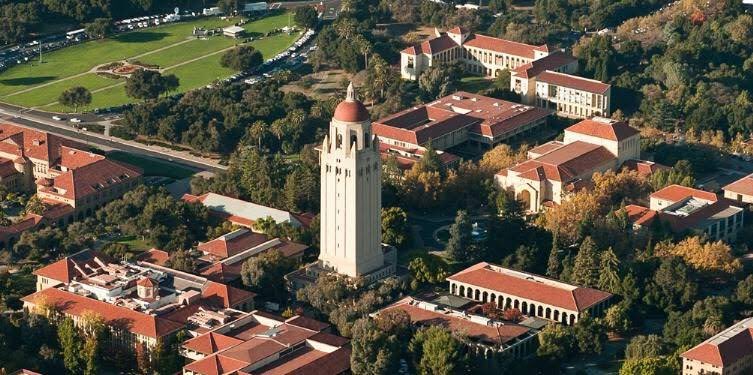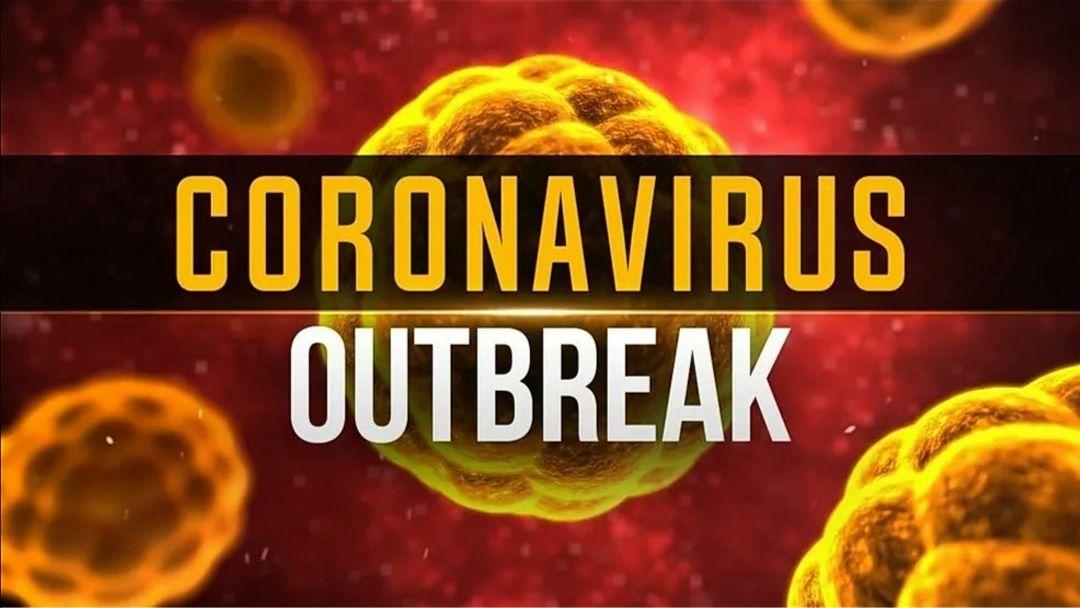
Days after Stanford University researchers issued an early draft of a study suggesting that up to 81,000 residents of Santa Clara County had been infected by COVID-19 as of early April, a team at the University of Southern California (USC) released its own serological study that similarly concludes that the disease is far more widespread — and less deadly — than official estimates indicate.
The study by USC and the Los Angeles Department of Public Health concluded that between 2.8% and 4.6% of the adult population in Los Angeles County has an antibody to the virus. This translates to between 221,000 and 442,000 adults — an estimate that is 28 to 55 times higher than the roughly 8,000 confirmed cases that the county had in early April, when the study was conducted.
Led by Neeraj Sood, a USC professor of public policy, the study took blood samples from 863 people who were randomly selected from a list obtained through a marketing firm. According to Sood, 4.1% of those people tested positive for COVID-19. The rate was adjusted to incorporate the statistical margin of error, which was assessed at a lab at Stanford University using blood samples that were positive and negative for COVID-19, according to the university.
The methodology differed slightly from the Stanford study of 3,330 people, which relied on targeted Facebook ads to find participants for its finger-prick exams, which took place on April 3 and 4. The Los Angeles study, which relied on testing at six sites on April 10 and April 11, had fewer participants, though USC had indicated that it is just the first round in a series of antibody-testing studies.
But researchers from Stanford and USC, who collaborated on the studies, found plenty of similarities in their test results. The Stanford study concluded that the number of COVID-19 cases in Santa Clara County is 50 to 80 times higher than the number of confirmed cases. The USC one also found that the number of cases is likely far higher than experts had projected.
Because so many residents with COVID-19 have not been officially tested, both studies conclude that the two counties’ mortality rates based on confirmed cases are far higher than mortality rates based on the two studies’ estimated numbers of infections.
The Stanford study, led by Assistant Professor Eran Bendavid, concluded that the mortality rate in Santa Clara County is between 0.12% and 0.2%. (In contrast, the county’s mortality rate based solely on official cases and deaths as of last Friday, April 17, was 3.9%.)
Sood likewise said at a Monday news conference that because the number of infections in Los Angeles County cases appears to be so much higher than the number of confirmed cases, the actual mortality rate is lower.
“Maybe the good news is that the fatality rate is lower than what we thought it would be,” Sood said.
He added, however, that this shouldn’t be the only number that the county focuses on. The study’s finding that 4% of the county’s population has been infected suggests that “we are very early in the epidemic and many more people in Los Angeles County could potentially be infected.”
“And as the number of infections arise, so will the number of deaths, the number of hospitalizations and the number of ICU admissions,” Sood said.












